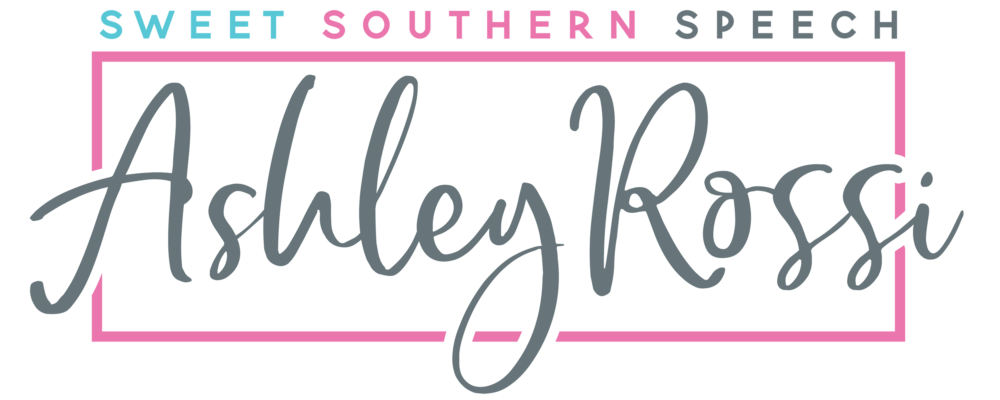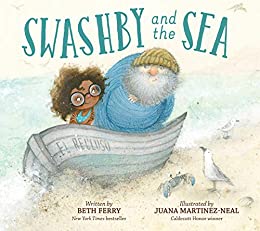Captain Swashby loves the sea, his oldest friend. And he loves his life by the sea just as it is: salty and sandy and serene. One day, much to Swashby’s chagrin, a young girl and her granny commandeer the empty house next door. All Swashby wants is for his new neighbors to GO AWAY and take their ruckus with them. When Swashby begins to leave notes in the sand for his noisy neighbors, however, the beach interferes with the messages that are getting across. Could it be that the captain’s oldest friend, the sea, knows what Swashby needs even better than he knows himself?
This funny ocean and summer book can be used in speech therapy to address social/emotional issues like friendship and not isolating oneself. It is also great for inferencing and for targeting character analysis as well as for linguistic and mental state verbs! Discover more of the speech and language teaching concepts for using Swashby and the Sea in speech therapy below:



